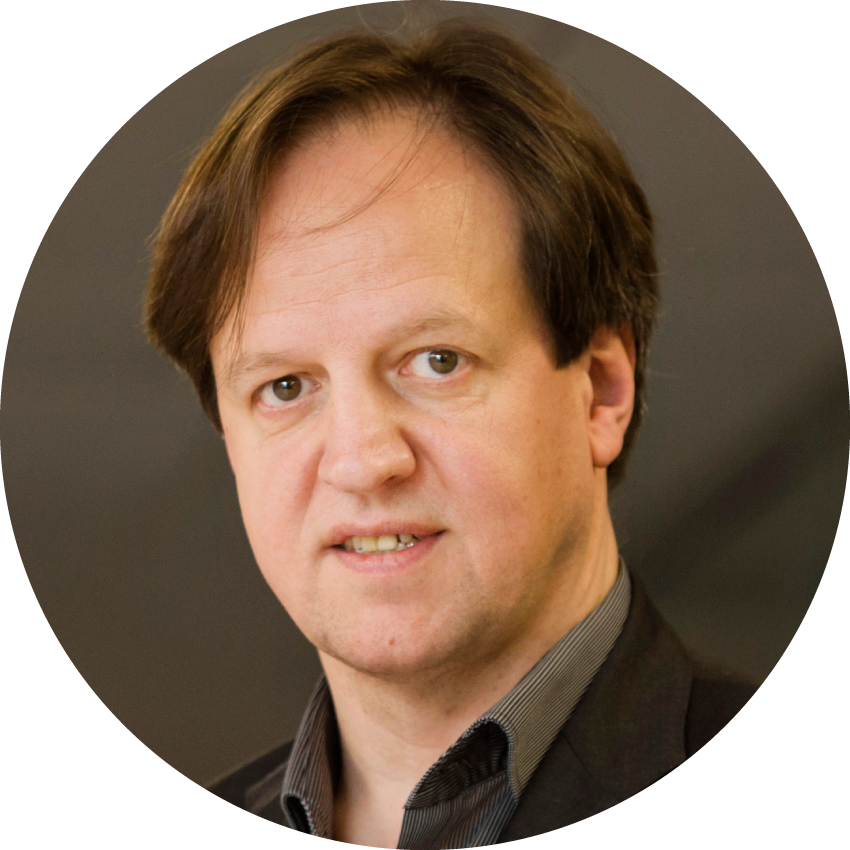Harald Haas
19 - 23 October 2025
Prague Congress Centre
Prague, Czech Republic
Events
Harald Haas
University of Cambridge, UK

Has the Time for Optical Wireless Communications Finally Arrived?
This plenary address explores how optical wireless communications can tackle connectivity challenges and enhance networks underwater, on land and in space, while also addressing current limitations and proposing potential solutions.
About the Speaker
Harald Haas is the Van Eck Professor of Engineering at the University of Cambridge and Director of the LiFi Research and Development Centre. He co-founded pureLiFi Ltd., where he is Chief Scientific Officer. His research integrates photonics, communication theory and signal processing to advance optical wireless systems. He has published over 700 papers, holds 45+ patents and has over 63,000 citations. Recognised as a Clarivate Highly Cited Researcher since 2017, he has delivered two TED and one TEDx talk, viewed over 5.5 million times. His honours include the International Solid State Lighting Alliance Outstanding Achievement Award (2016), Royal Society Wolfson Research Merit Award (2017), IEEE Avant Garde Award (2019), Enginuity Innovation Award (2021) and Humboldt Research Award (2022). In 2023, he was shortlisted for the European Inventor Award. He is a Fellow of RAEng, RSE, IEEE and IET.
